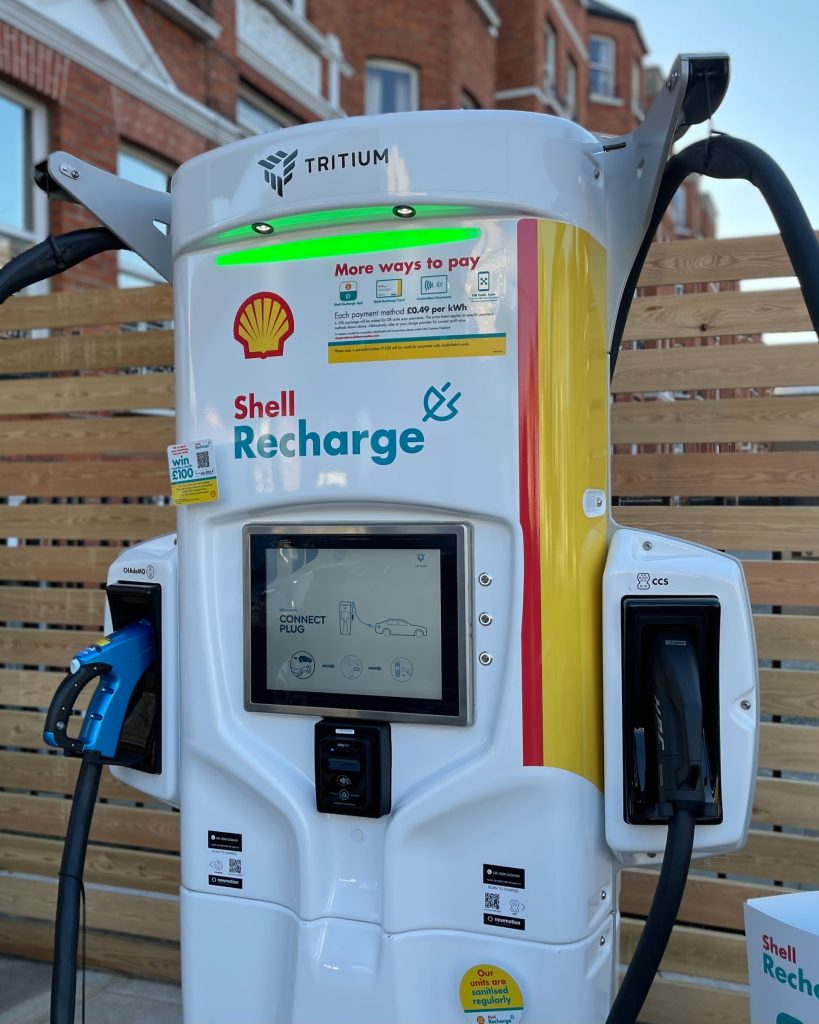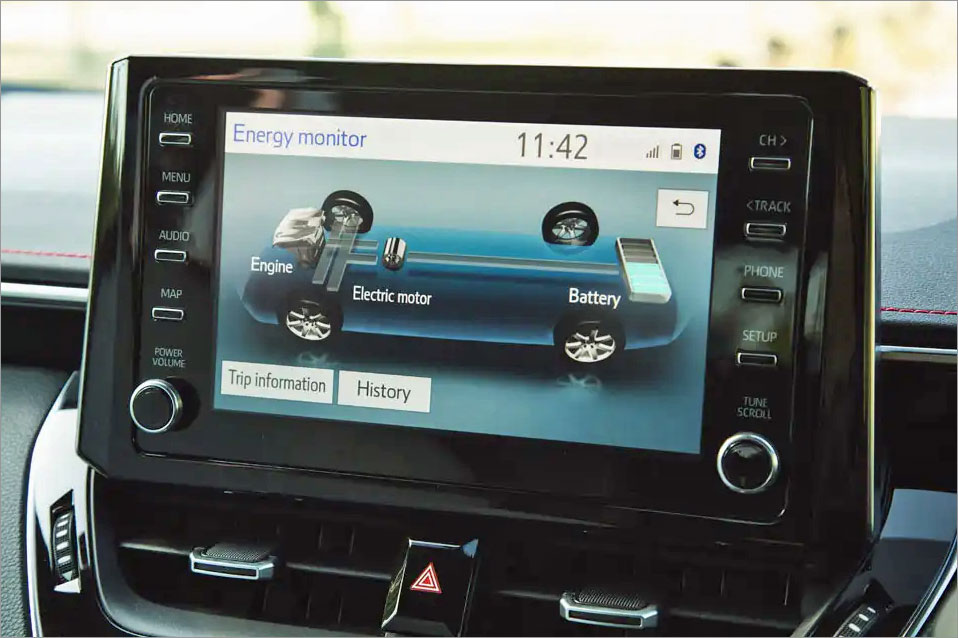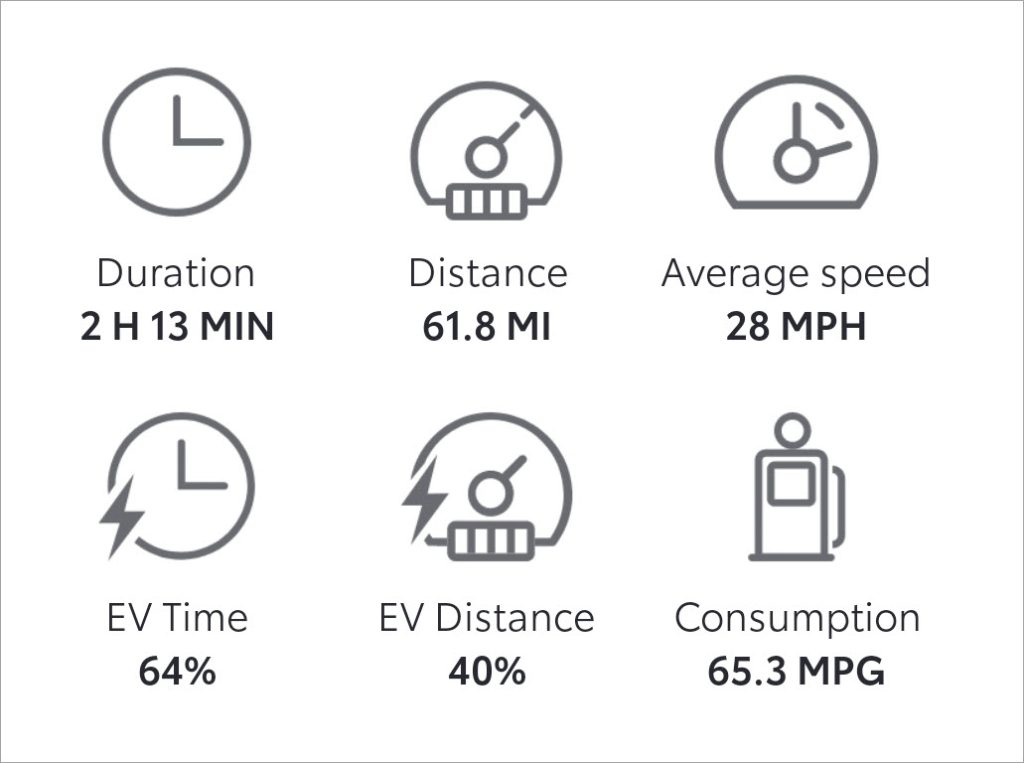
Increasing alarm at rising energy costs in the UK has dominated the news agenda in recent weeks, reaching its current peak after the energy regulator Ofgem (the Office of Gas and Electricity Markets) announced the widely-expected huge increase in the cap on average energy bills on August 26.
What it means for everyone in the UK is that the cost of gas and electricity in the home will increase by about 80% on October 1. Right now, the average annual cost is around £1,900 or about £158 a month. This increase means that the cost will rise to over £3,500 or about £290 a month. Quite a jump. There’s speculation that it could go up even further to over £5,000 a year or £416 a month by January.
One thought that occured to me in the midst of this was regarding electric vehicles (EV) and the rising cost of charging the batteries when petrol prices are falling. If you charge your EV at home at a time of radical cost increases in the price of electricity, suddenly the perceived running cost advantage of EVs versus petrol- or diesel-fuelled vehicles doesn’t look quite so attractive now.
What will the impact be, I wonder, on EV sales in the midst of so much uncertainty? And will there be an impact on the government’s target of prohibiting sales of new petrol- or diesel-fuelled cars by 2030?
It made me think that perhaps the best option now is self-charging hybrids. These are vehicles fitted with a petrol engine and an electric drive train and battery. Both methods of creating the energy to power the car work together for the most efficient way of doing it. It means the car will sometimes run on battery power only, at other times on the internal combustion engine only, and other times with both, all determined by the car’s electronic control unit that can comprise dozens of individual computer systems.
I drive a self-charging hybrid electric vehicle, a Toyota Corolla hatchback 2020 model. For me, it’s the perfect compromise vehicle. I want to show my support for reducing emissions and being responsible regarding the environment. And I want to save money driving. Electric has been the best way to do that. But, there are too many concerns, the most significant being so-called ‘range anxiety’ where you worry that on a journey you might run out of juice if you can’t find a public charging station to charge the battery.
Demand for public charging facilities far outstrips the availability of those facilities although the charging infrastructure is steadily developing.
And now there’s the additional worry about the rapidly rising cost of charging your battery, whether at home or via a public charging station.
With a self-charging hybrid such as my Corolla, you never have that particular worry as the engine charges the battery whenever the ECU demands. So your only real concern is the cost of petrol.

There’s another type of hybrid called a plug-in hybrid electric vehicle (PHEV for short) that also has a battery/engine combination. The different between these and self-charging hybrids is that the PHEV’s engine does not charge the battery – to do that, you have to plug the car in to an electric charger.
Here’s how Toyota UK describes how hybrids and EVs work.
So I believe a self-charging hybrid looks to be the best choice in the current economic climate.
Cost comparison
On Friday, I made a 190-mile round trip to Somerset. According to the Toyota tracking app, a big part of that journey gave me 65 miles per gallon. That segment on the return was over a 62-mile distance, meaning that my car consumed just over a gallon of petrol. The whole journey was in very heavy traffic (it was the Friday before the Bank Holiday weekend) and not on a motorway which meant my average speed was comparatively low.
A couple of things are worth noting in the KPI data from the tracking app.

‘EV Time’ means what percentage of the journey time was spent running on the battery rather than the petrol engine. This shows it as 64%, almost two-thirds of the journey time. This is pretty typical especially with the low average speed and on a road environment filled with vehicles all travelling at a pretty constant and similar pace.
‘EV Distance’ is what percentage of the overall journey was on battery power alone, in this case 40%. Over this 62-mile segment that equates to about 25 miles.
Overall, I estimate that my 190-mile trip cost me three gallons of petrol. I did fill the tank with 31 litres of E10 petrol for the lowest price I’ve seen in a long while at £1.64 a litre. As there are roughly 4.5 litres of petrol in a UK gallon, that works out at about £7.38 a gallon (my American friends can now wince as that’s roughly $8.67, more than double what they pay).
So my three gallons consumption on this trip cost me about £22. That’s not bad considering what it would have (and did) cost a month or so ago when petrol prices were around £1.92 a litre.
Of course, when calculating running costs and making comparative assessments between different vehicle types, the cost of petrol is only one aspect. There’s car tax, for instance, where EVs typically pay zero due to their zero emissions while hybrids attract the same tax rates as cars with only internal combustion engines because hybrids also contain such engines that produce emissions.
Still, in the current climate of uncertainty with costs everywhere in the ascendancy, I think self-charging hybrids are a better choice right now, and look likely to be the case for the next couple of years.
Additional reading:
- New energy price cap adds £660 to cost of charging electric car at home (Which? August 26)
- Electric vehicle owners face soaring charging costs as energy price cap rises – The IET, August 26
- Electric cars will be more expensive to run than petrol – Daily Telegraph, August 27 (paywall)
Related post:
- The usefulness of single-journey data in a hybrid car – December 17, 2021
(Photo at top by John Cameron on Unsplash.)
Update Aug 29: After publishing this post, a good friend commented on Facebook on my assertion that the rising cost of charging an EV means the alternative choice is a self-charging hybrid car.
She said:
Not if you have solar panels and can charge your car at home
That’s actually a good point, one that had not occurred to me in my thinking (and looking like it also hadn’t occurred to any of the media who’ve been reporting on energy price rises). So if you have solar panels installed at your home and you’re not receiving grid-supplied electricity – purely electricity generated from your solar panels – and, thus, you pay nothing for your electricity, then you’re in a better place from the EV running costs point of view.
Mind you, solar panel installations in the UK are less than a million homes, according to the government. There were 29 million homes in the UK in 2019, so solar panels aren’t yet a mainstream alternative.











